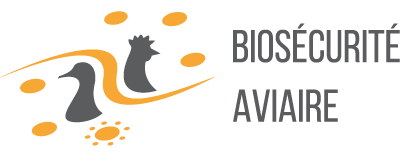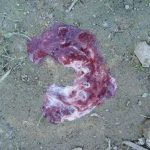Candidiasis is a disease that has been known for a long time in birds. It mainly affects the digestive system : the oesophagus, the crop and sometimes the proventriculus has thickening and white patches on the mucosa.
It is mainly found in debilitated birds or following poorly controlled antibiotic treatments. Some species (palmipeds, guinea fowl) are particularly affected.
The disease agent and its pathogenicity
It’s an opportunistic infection caused by Candida albicans. This ovoid yeast multiplies by budding and can emit pseudo-mycelial filaments. It is a normal host for the intestinal flora of birds and mammals.
This germ cannot multiply outside the host, but it can survive several months in vegetative form.
The filaments penetrate the surface layer of the mucosa, causing inflammation and pain. This pain is increased by the intake of water, food, or by handling the crop.
Epidemiological data
All poultry species are susceptible at all ages. However, youngs are more sensitive, between 1 and 6 weeks of age.
Candidiasis is common in guinea fowl, which appears to be the most sensitive species, as well as in anseriformes subjected to force-feeding and the game. It is on the rise in turkey, but more rare in chicken.
The incidence of candidiasis is sporadic, but some epidemics are still reported. It is a disease that occurs all over the world.
Candidiasis is promoted by poor hygiene conditions, an imbalance in the flora (dietary factors, antibiotic therapy) or a decrease in immunity.
The yeast then proliferates in the intestine, then is released into the external environment (litter, water, food) and contaminates it. Animals then ingest it and Candida albicans can develop on the mucosa of the crop if the normal flora is unbalanced.
Clinical manifestations of the disease
Symptoms
The disease can go unnoticed in mild cases. In acute cases, feeding or watering is painful and birds will then reduce their consumption. Birds become apathetic, anorexic. Growth is slowed down and the batch becomes heterogeneous. Morbidity and mortality are generally low but can be significant in seizures.
Lesions
The major lesion is a whitish, curdled milk-like exudate, more or less adherent to the mucous membranes of the oral cavity, oesophagus, crop (and sometimes proventriculus), sometimes associated with necrotic and bleeding lesions. The coating is adherent but can be removed from the mucosa. Some whitish spots are first visible, before confluencing into patches. In advanced cases, necrotic debris is found in the folds of the crop.
The crop is the most affected organ, its mucous membrane is then thickened and forms folds.


The diagnosis
Clinical diagnosis
The observation of the whitish coating on the crop mucosa is characteristic and is often sufficient when combined with poor hygiene or prolonged antibiotic treatment.
Laboratory diagnosis
A direct smear, histology or culture can be performed. The smear consists of a direct microscopic examination of a tissue sample ; this test has the advantage of being fast but is only effective if pseudo-mycelial filaments exist. The other methods are slower (histology 2 days, culture 2-5 days) and are generally implemented secondarily.
The challenge of diagnosis is to differentiate the healthy carrying of C. albicans from the disease.
Differential diagnosis
Trichomoniasis, avitaminosis A
Disease prevention and control
Treatment
There are few authorised antifungal products (iodine, copper sulphate, parconazole). The treatment must be long enough in time to avoid recurrences. In the field, different products are used: parconazole (under MA) in food (60 ppm), iodine-based products in drinking water, copper sulphate based products in drinking water, nystatin in food (100-200 ppm). Beware of antagonisms between products.
Yeast ingestion must be limited by providing good quality water, an untainted food.
Favourable factors must be removed: antibiotics, water acidification, vitamin C. Possible conditions, such as coccidiosis, necrotic enteritis, gizzard ulcers, should be investigated and treated.
Animals must be encouraged to re-feed to remove the yeast clusters from the crop mucosa. Drinkable vitamins A and B can be used.
Prevention
Prevention aims to limit contributory factors factors through hygiene measures. Depending on the pressure of candidiasis in the farm, the products used in the treatment can also be used for prevention (parconazole in feed).






